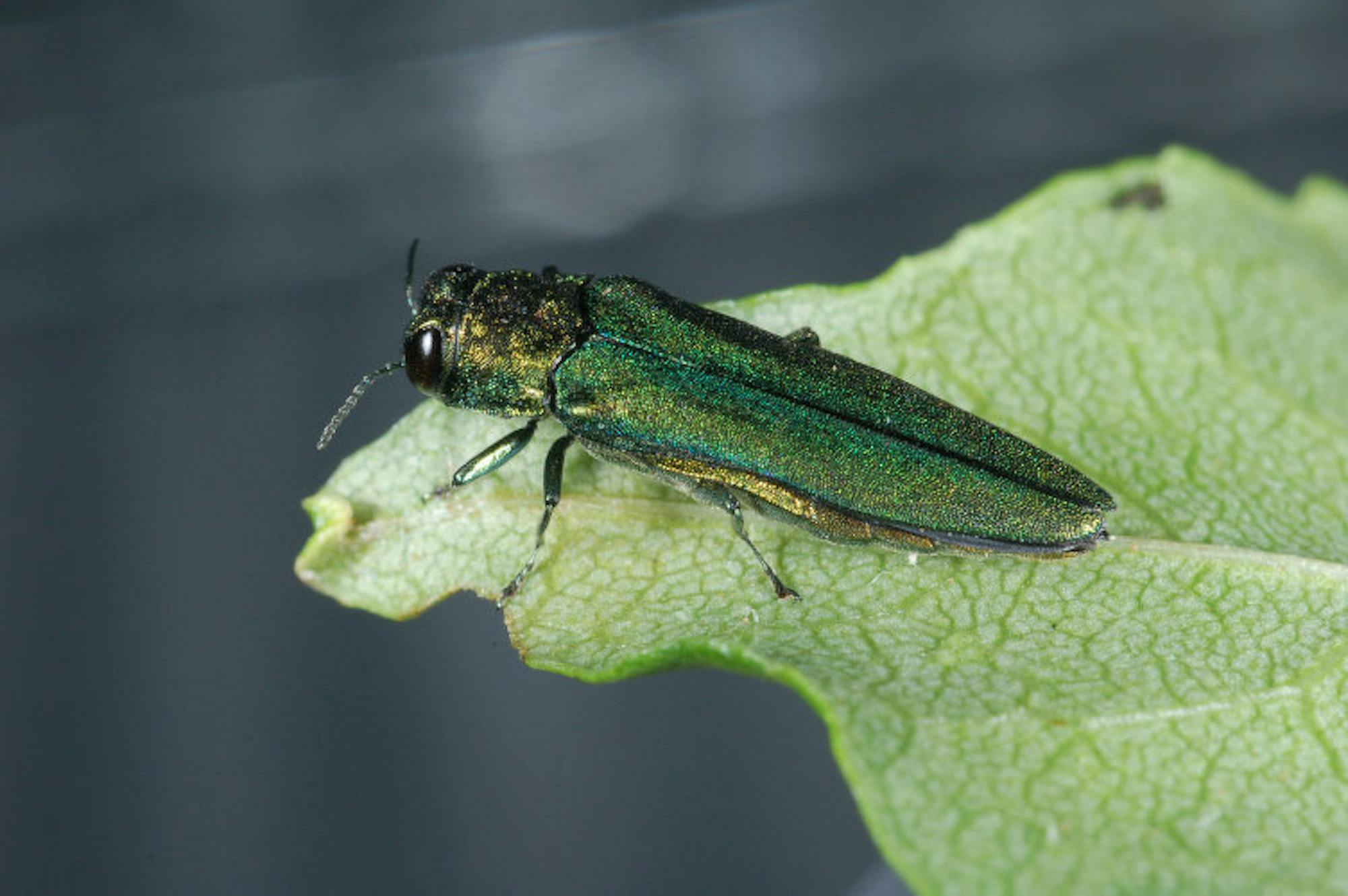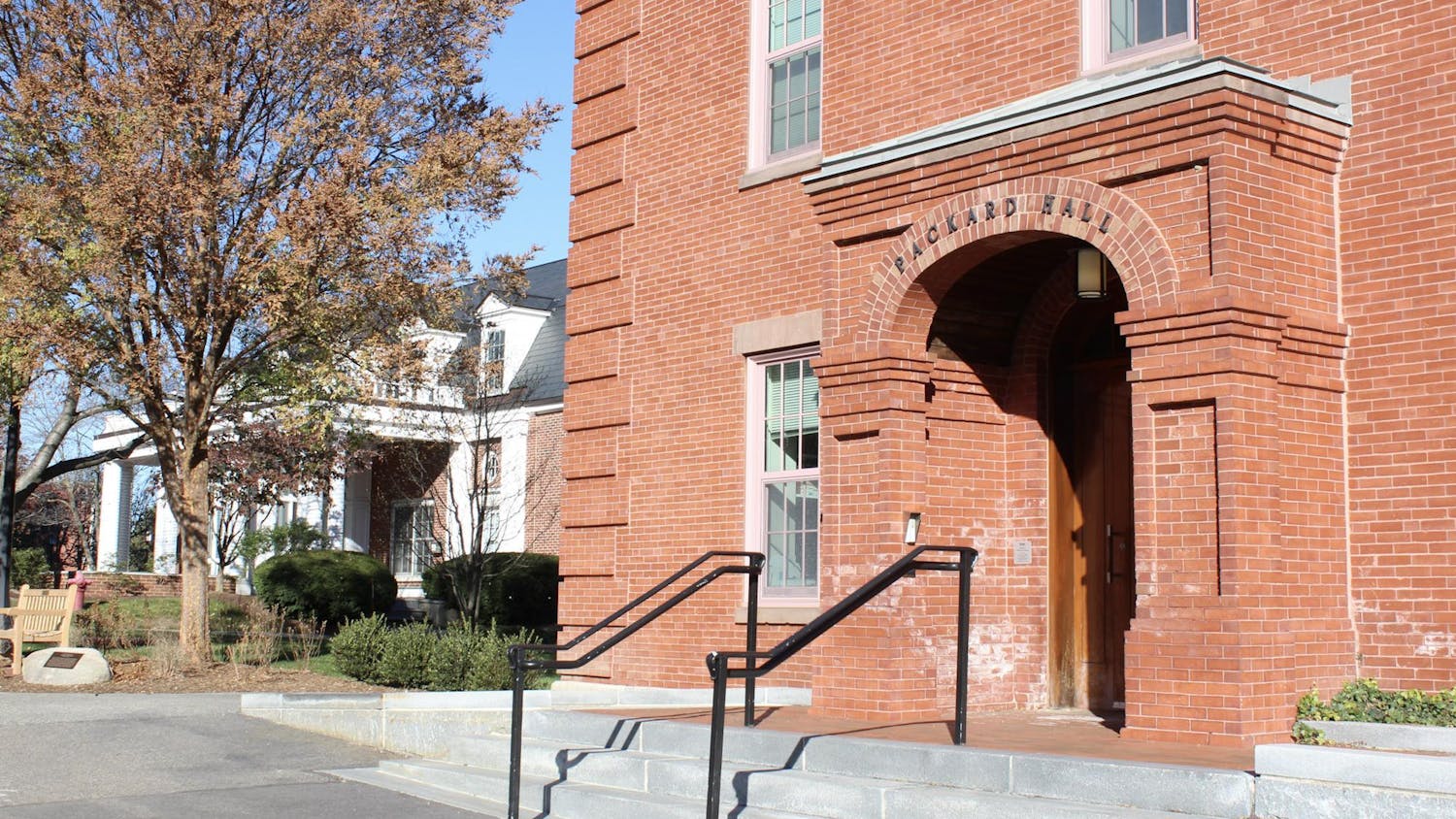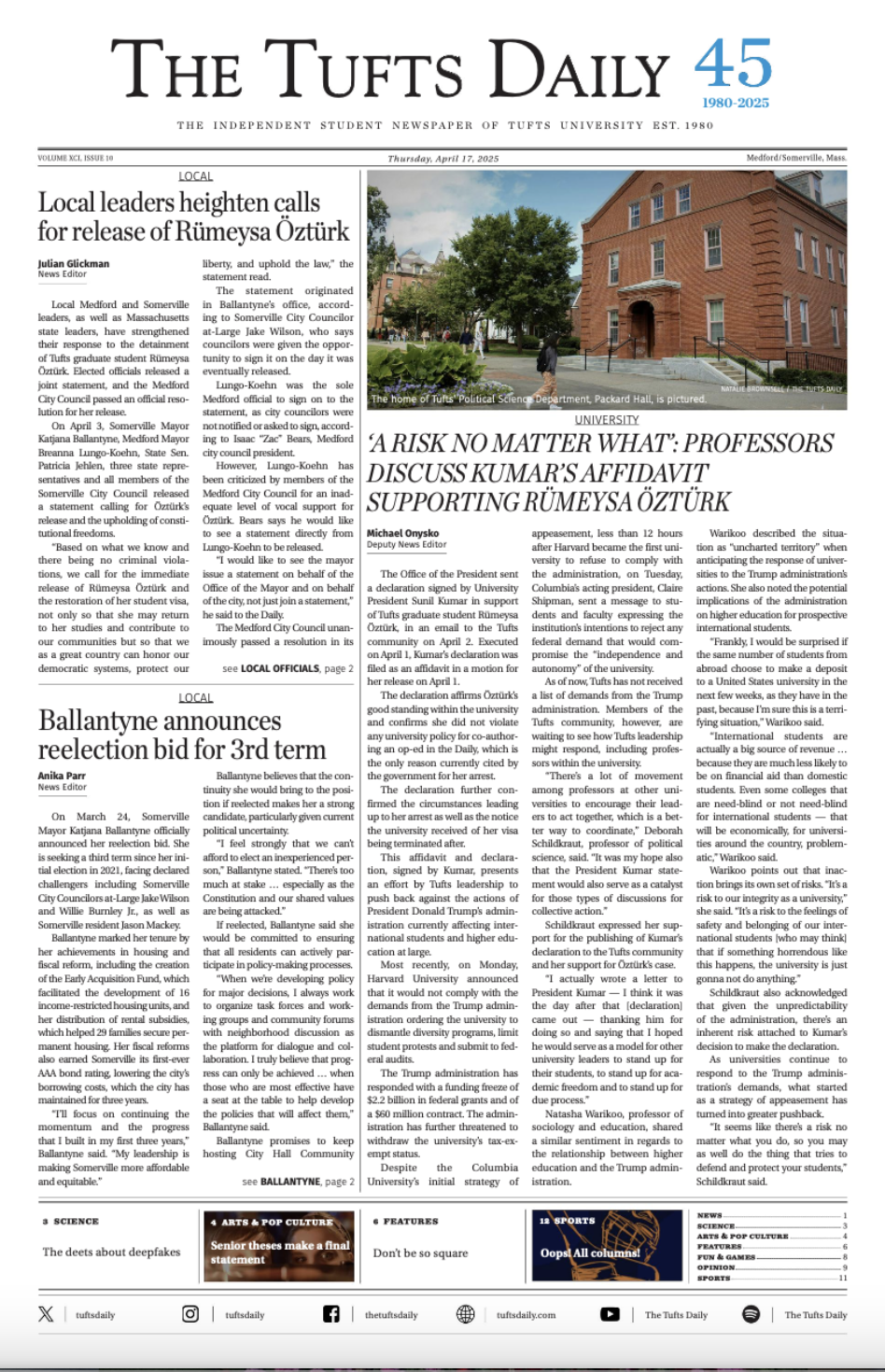The City of Somerville's Urban Forestry & Landscape Planner and the City Tree Warden hosted a public information session Thursday night regarding the city’s treatment plan for trees affected by the invasive, tree-killing Emerald ash borer (EAB).
EAB is a species of beetle that lays eggs under the bark of ash trees. Upon hatching, the larvae burrow deeper in the tree, killing it. According to a press release about the event, there are approximately 1,000 ash trees in Somerville, which represent about eight percent of the city's total tree population.
The beetle was first discovered in Michigan in 2002 and has since been found in 35 states across the eastern United States, according to the United States Department of Agriculture's Animal and Plant Health Inspection Service.
According to the city’s website, EAB was first detected in Somerville in August 2018.
Vanessa Boukili, urban forestry and landscape planner and conservation agent for the City of Somerville, explained the consequences of the city's high concentration of ash trees.
“Back in the day, making a monoculture along a street makes a really beautiful tree-lined street,” Boukili said. “It looks so even and nice, but if there are pests that attack a species or genus, it’s critical that we have a diverse canopy so we won’t lose all of the trees in an area all at once.”
Boukili described the city’s response to the presence of EAB at the information session.
“We’re monitoring trees around the city for [EAB] presence and population density, and we’re treating all of our healthy trees,” Boukili said.
Somerville has begun laying traps to catch and kill the beetles, Boukili said.
“We check them regularly to see if we captured any, but we’ve only found one this season," Boukili said. "It was on the edge of the city, near Dilboy Stadium, but that doesn’t mean we don’t have more in other places.”
Boukili then explained the treatment strategy for healthy trees around the city, which involves injecting them with an insecticide called TreeAzin.
“TreeAzin is injected into the base of tree and from there spreads up to the canopy,” Boukili said. “This treatment is extremely effective [against EAB] but [lasts] only two years, which means it has to be repeated every two years.”
The most discussed feature of the city's treatment plan during the meeting was the scheduled removal of certain ash trees.
“We will have to remove and replace trees that are dead, dying or have been severely damaged. They are more vulnerable to [EAB],” Boukili said. “And they are less effective at taking up the TreeAzin. Additionally, many studies have concluded that it is generally more cost effective for cities to remove trees once [rather] than to continue to treat them over time.”
According to a map of Somerville illustrating the location and status of ash trees in the city, the only ash tree marked for removal near Tufts' campus is onProfessors Row, near the Africana Center, while most others are healthy enough for treatment.
Gregory Mellett, director of grounds at Tufts, didn’t consider the tree marked on the map to indicate any threat to ash trees on campus.
"There could be a discrepancy on their plan,” Mellett said. “I just need to investigate that location more.”
Mellett explained that there is a relatively low likelihood of an EAB infestation occurring on campus.
“We have a minimal [number] of ash trees on campus,” Mellett said. “We’re starting to monitor the situation here, but there’s no sign of disease or infestation on campus. We’re going to look at budgeting for future insecticide treatment for these trees, but they seem to be in pretty good shape.”
The scope of the EAB problem goes beyond immediate infestation or tree death, according to Tyler Stotland, an environmental studies major.
“It’s important to protect trees on and off campus,” Stotland, a sophomore, said. “But at the end of the day, it’s not about a single invasive species. It’s a symptom of climate change and a general lack of respect for the environment.”
However, the available data regarding the spread of EAB populations is limited due to the lack of coordination among local governments, though there is some limited cooperation, according to Boukili. She explained that Somerville's treatment and removal plan is similar to the one implemented by Cambridge in 2014.
“I talk regularly with the tree warden in Cambridge, [David Lefcourt],” Boukili said. “Arlington is only monitoring the situation currently. The tree warden in Medford is part-time, so it’s been harder to establish a dialogue there.”
Stotland addressed the responsibility that neighboring communities have to their citizens and to each other regarding invasive species like EAB.
“Invasive species don’t stop spreading at the edge of a campus, city or state,” Stotland said. “We have to deal with environmental issues like this as a larger community.”
Stotland argued that an adequate response to any invasive species requires not only prevention, but community participation, too.
“It’s nearly impossible to not care about the environment if you have a deep understanding of it," she said. "When people learn to identify different species, it becomes a part of their lives. Active engagement in the environment is the only way to really protect it.”
Somerville outlines action plan for trees damaged by invasive beetle

The Emerald ash borer is pictured on a leaf on May 23, 2016.





